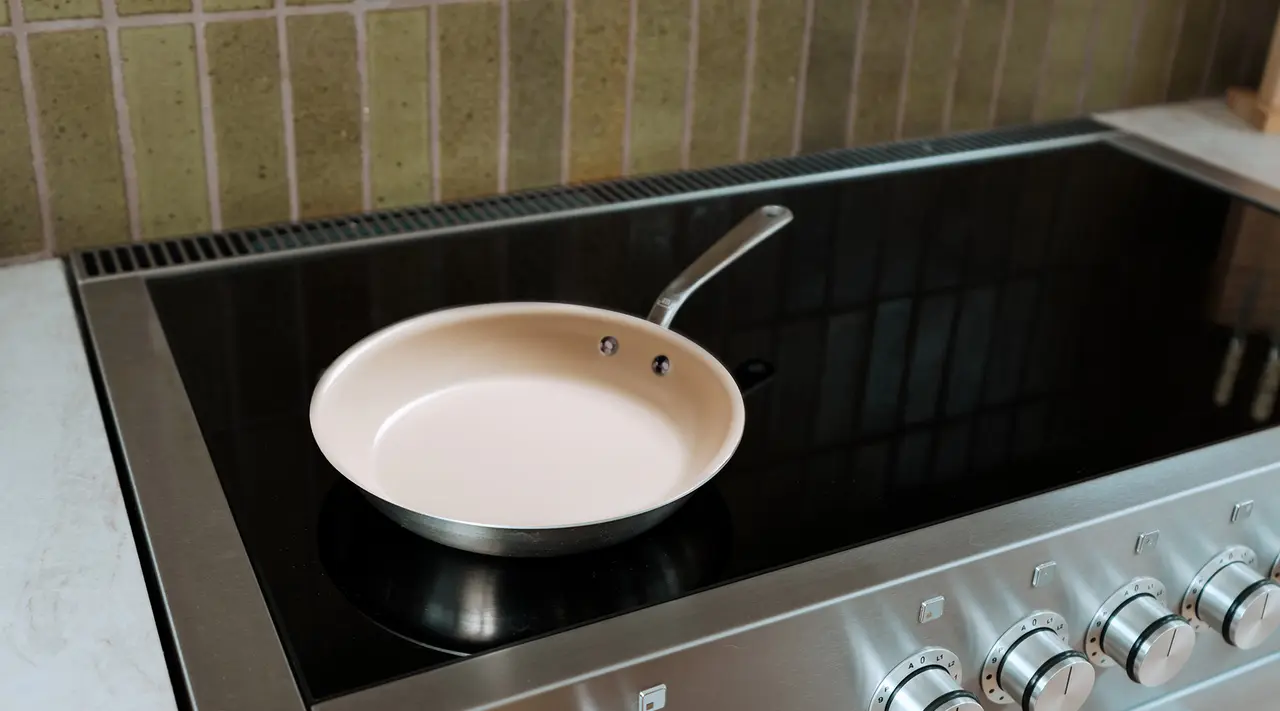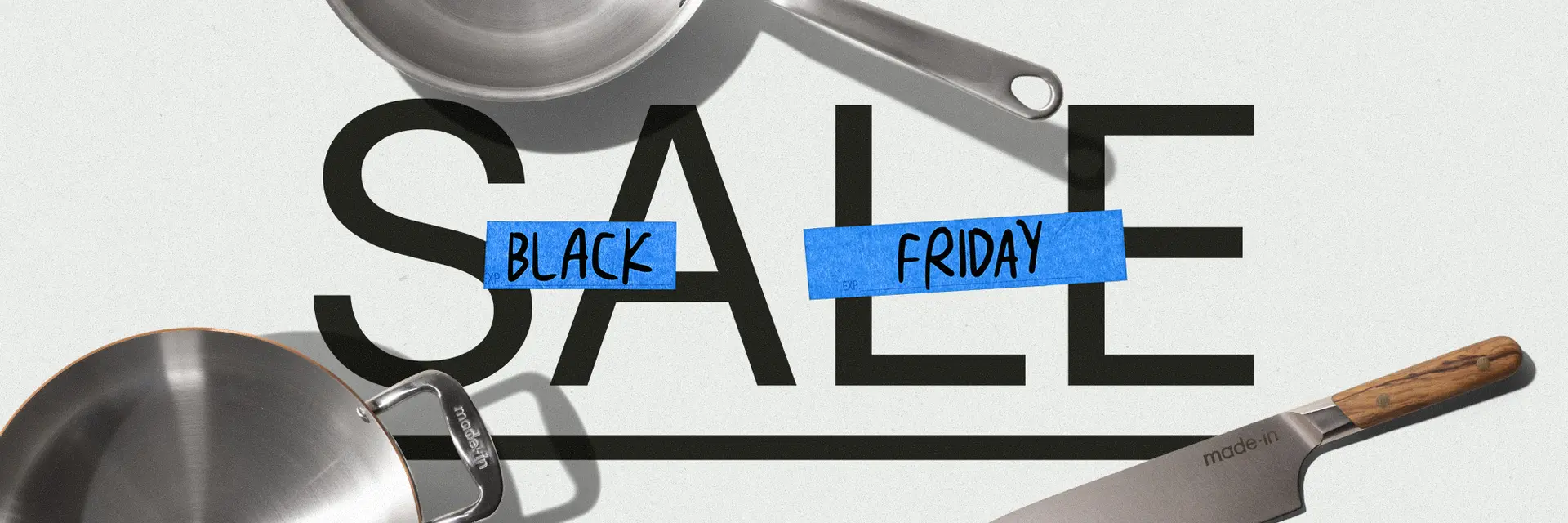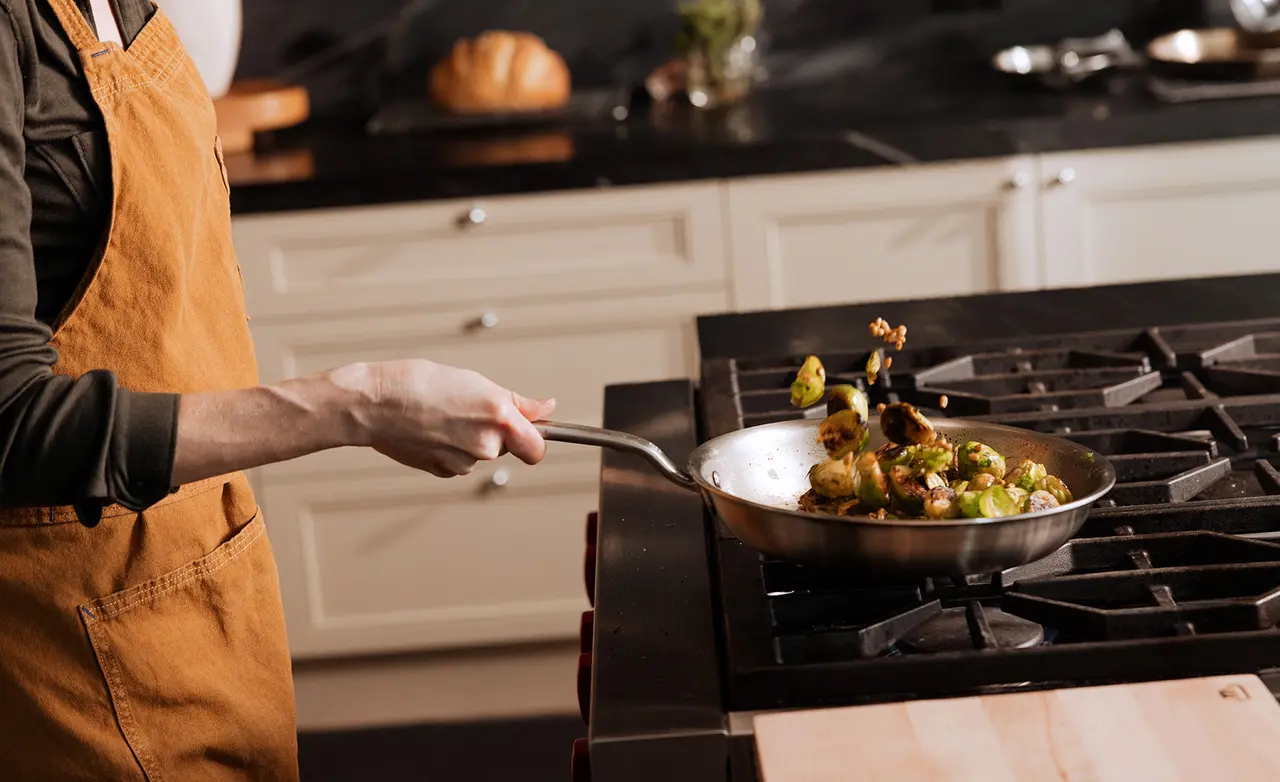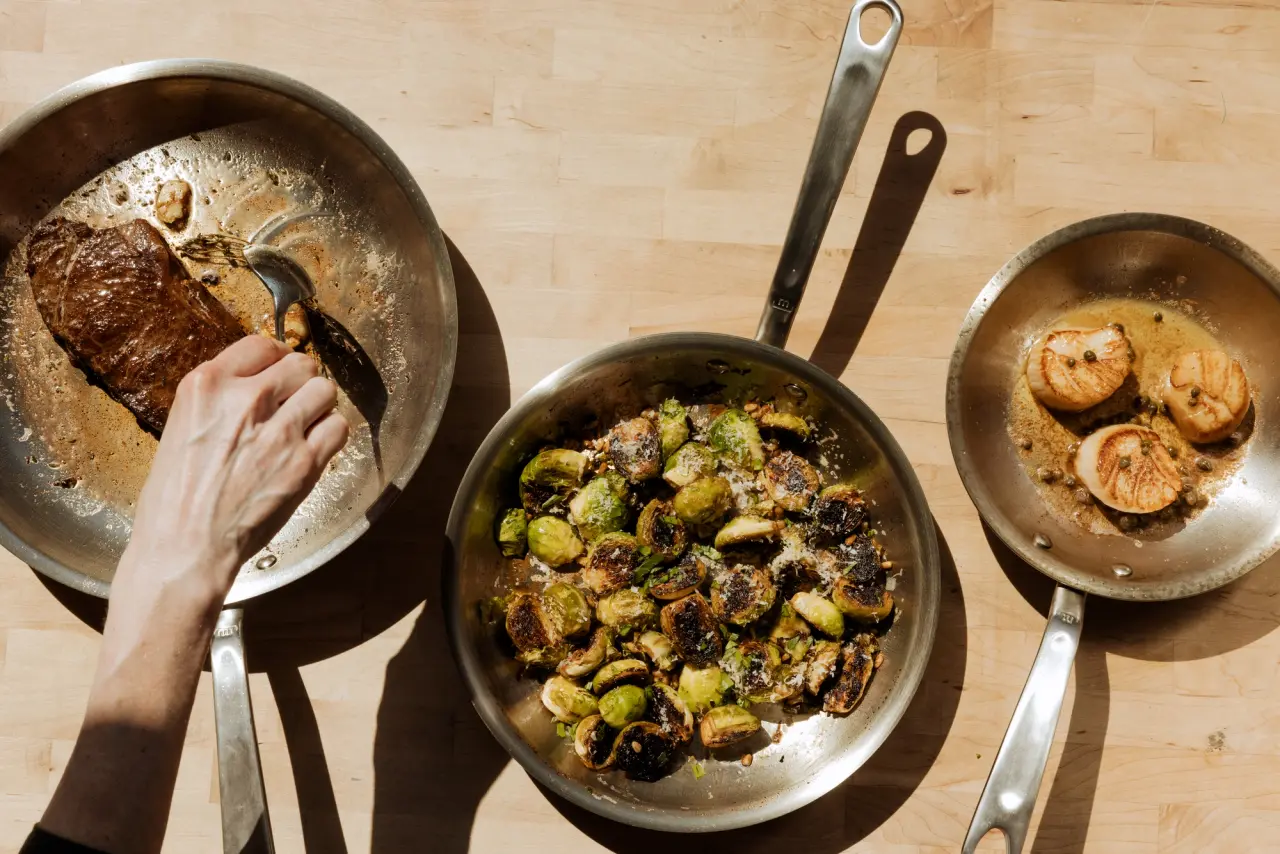Think of induction compatible cookware, and you probably imagine a cast iron or carbon steel frying pan. Both of these rugged, visibly metallic pans are much more likely to produce the electromagnetic current required for induction cooking than that shiny, delicate new piece of ceramic cookware—right?
Actually, no: ceramic non stick cookware can be 100% compatible with your induction stove, and it can cook just as well, provided it's made from the right materials. Here’s how it works—and why you don’t need to ditch your favorite ceramic frying pan if you’ve just moved to a home with an induction range.
Understanding Induction Cooking
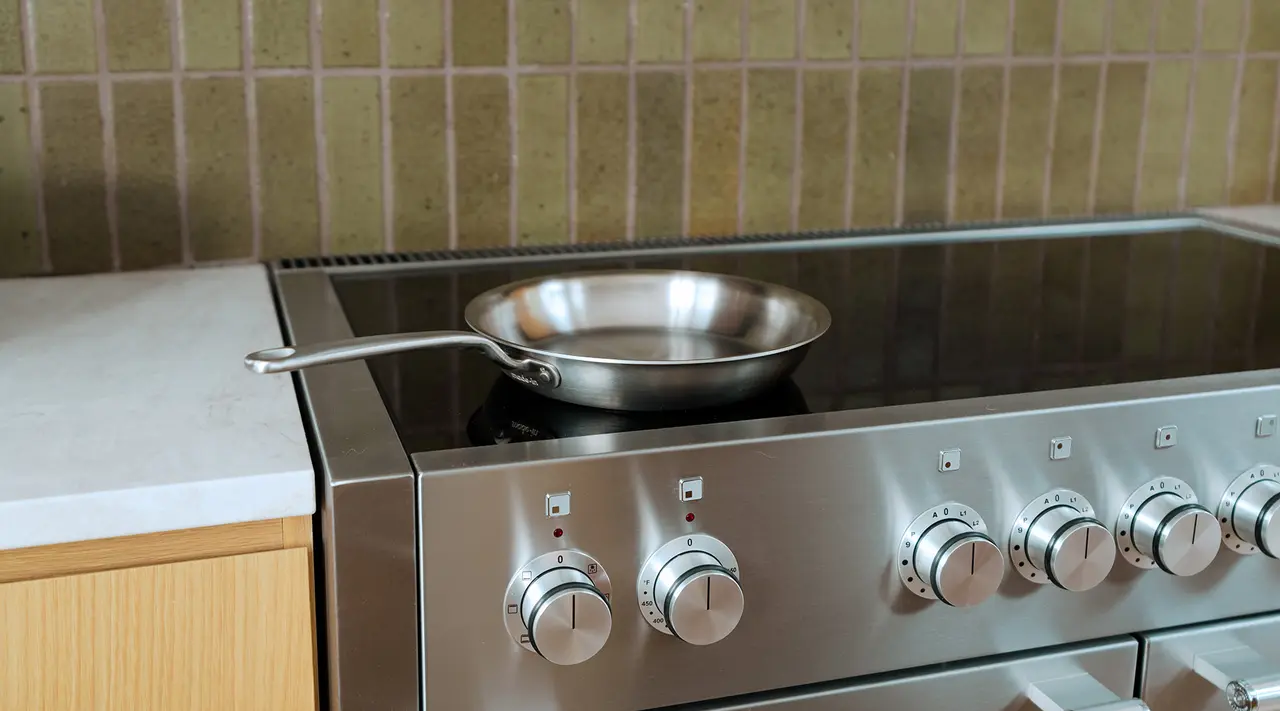
First, a brief lesson on induction stovetop anatomy. While an induction stove’s flat, shiny dark glass or ceramic surface strongly resembles that of an electric stove, the way it generates heat is totally different: once you’ve placed a (induction-compatible) pot or pan on top of one of the heating elements and pressed the power button, the stovetop instantly generates an electromagnetic current that transfers energy directly to the pan.
This allows you to cook your food without losing any heat to the surrounding air or to the stovetop itself. Because there’s no wasted energy involved, induction cooking is touted as a more precise, energy-efficient alternative to gas stoves.
Compatibility of Ceramic with Induction Cooktops
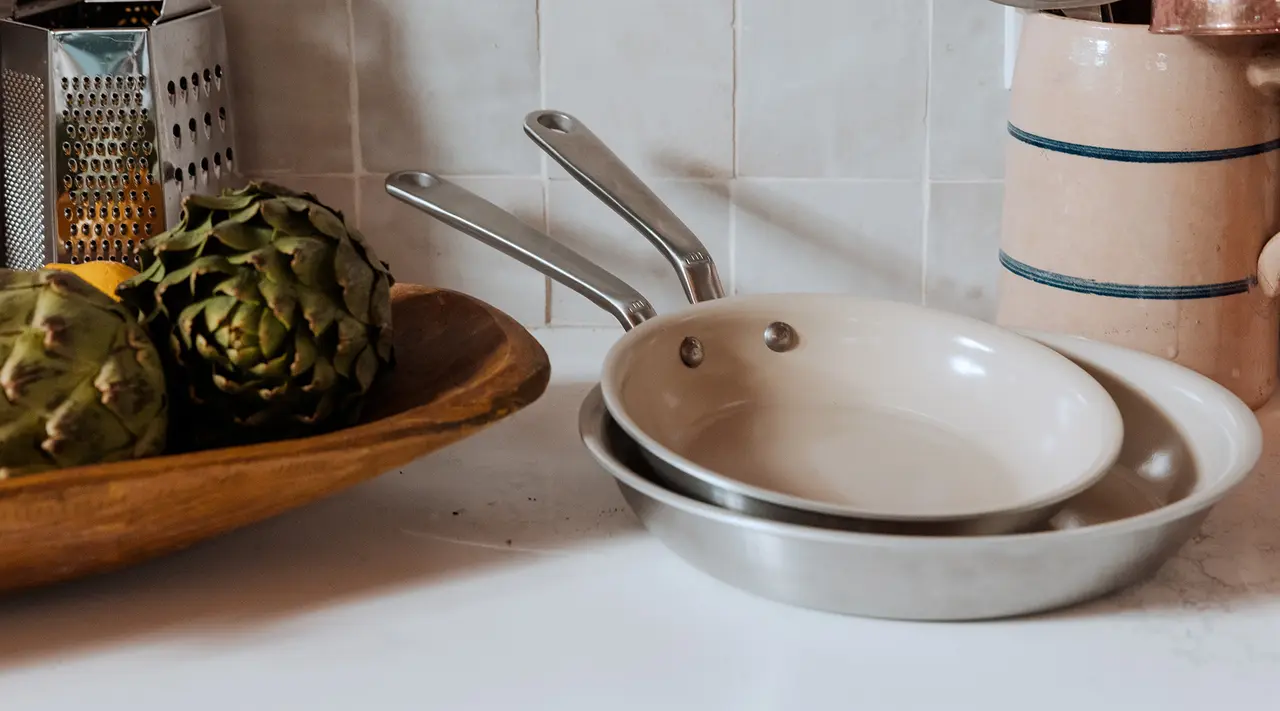
You know how we said ceramic cookware can be just as induction-compatible as any other cookware item? Well, it’s true: under the coating of most ceramic cookware lies a base of ferromagnetic aluminum or stainless steel, meaning most ceramic can be easily used with an induction stovetop. Our new CeramicClad™ line features a 5-ply Stainless Clad base, ensuring that each piece is not only suited to induction cooktops, but also cooks with maximal precision.
Benefits of Using Ceramic Cookware on Induction
One of the main selling points of ceramic cookware is the fact that it’s free of any synthetic non stick coating. While the majority of traditional non stick cookware is safe from toxins like PFOA, many home cooks prefer a coating that’s 100% naturally-derived—enter ceramic. And, as long as you cook with it properly—i.e., never heat it when empty, and only over low or medium heat—it’s just as convenient and low-maintenance as the non stick you’re probably used to.
Choosing the Right Cookware for Induction

In addition to checking for induction compatibility, you should also make sure your ceramic pan is made from high-quality, durable materials. In general, we recommend a metal base made from several ply—or layers—of stainless steel, aluminum, and/or copper. This is what we use in our Stainless Clad products, as it makes for cookware that heats more evenly and responds more quickly to sudden changes in temperature.
Induction Compatible Cookware to Avoid
When shopping for induction-compatible ceramic cookware (or any induction-compatible cookware, for that matter), you want to steer clear of cheaply-made ceramic pans: these often feature a disk made from ferromagnetic materials that’s pasted onto the bottom, rather than a completely ferromagnetic body that extends up the sides of the pan. These pans may work well for a little while, but they tend not to heat as evenly or last as long as those built entirely of an induction-compatible material like stainless steel.
Ready to Shop?
With a 5-Ply Stainless Clad base, our new CeramiClad™ cookware delivers the same precise, efficient cooking performance (and induction compatibility) as the non stick you know and love.
